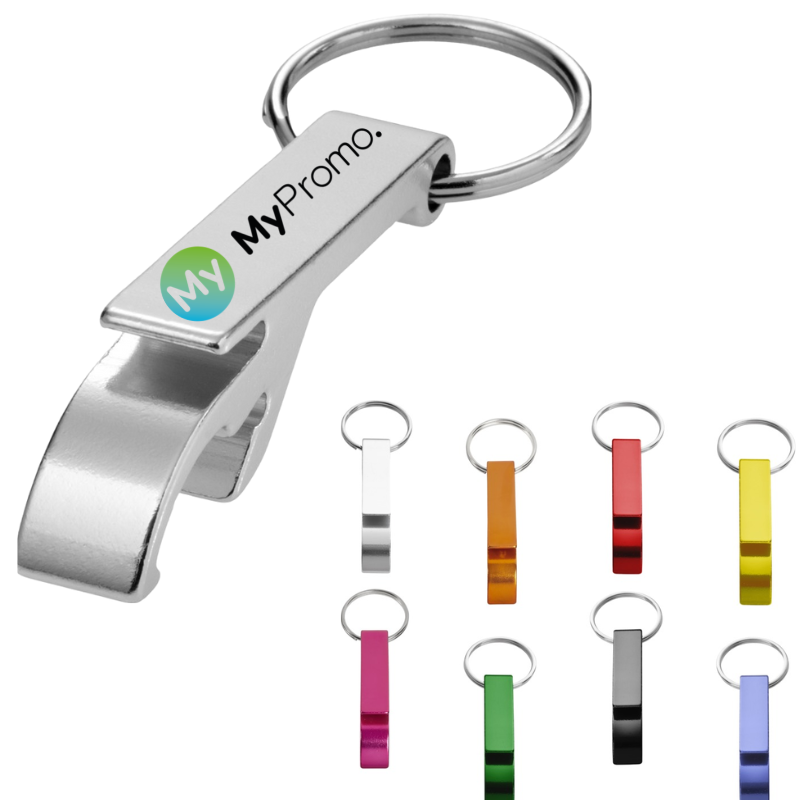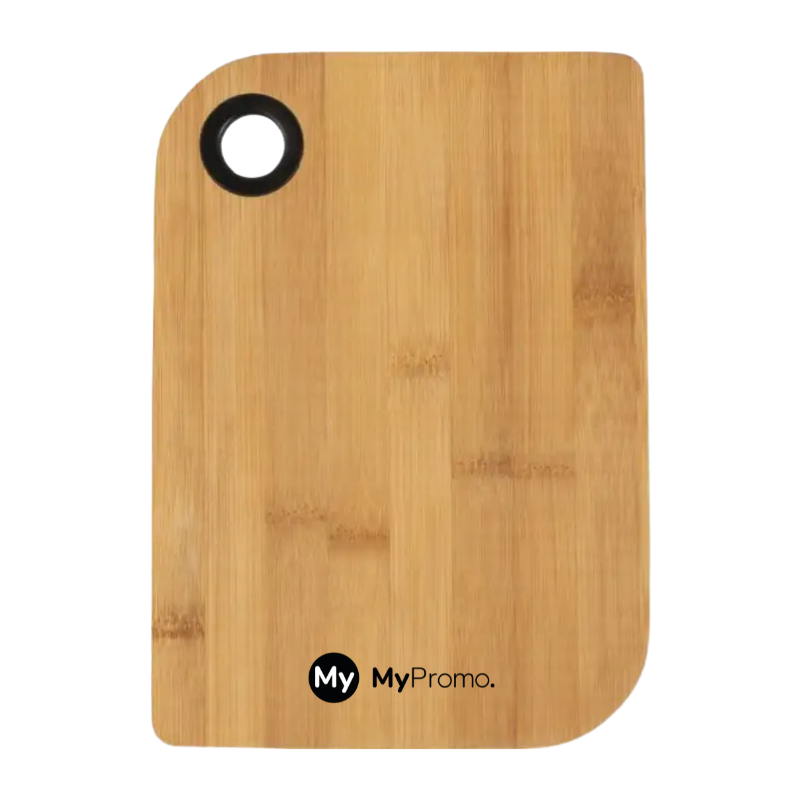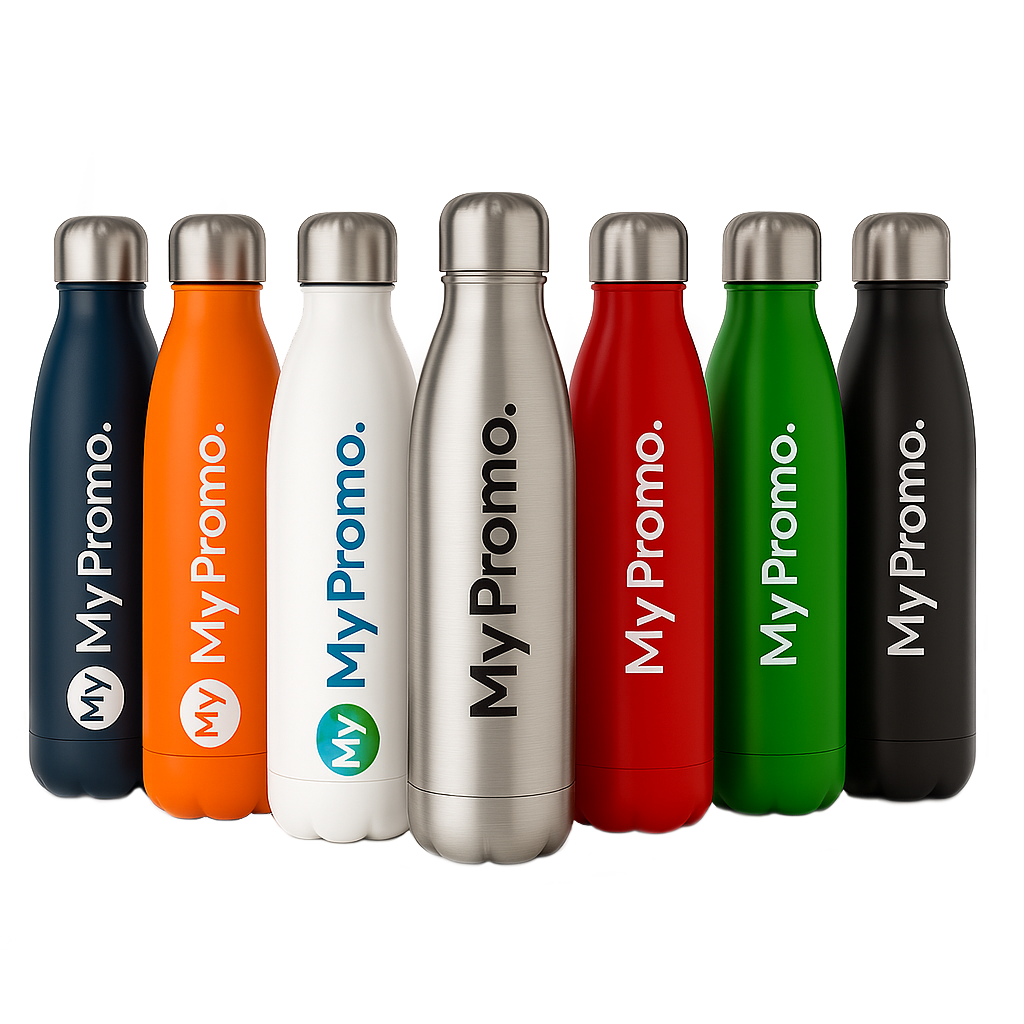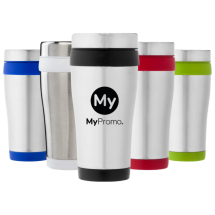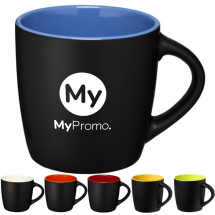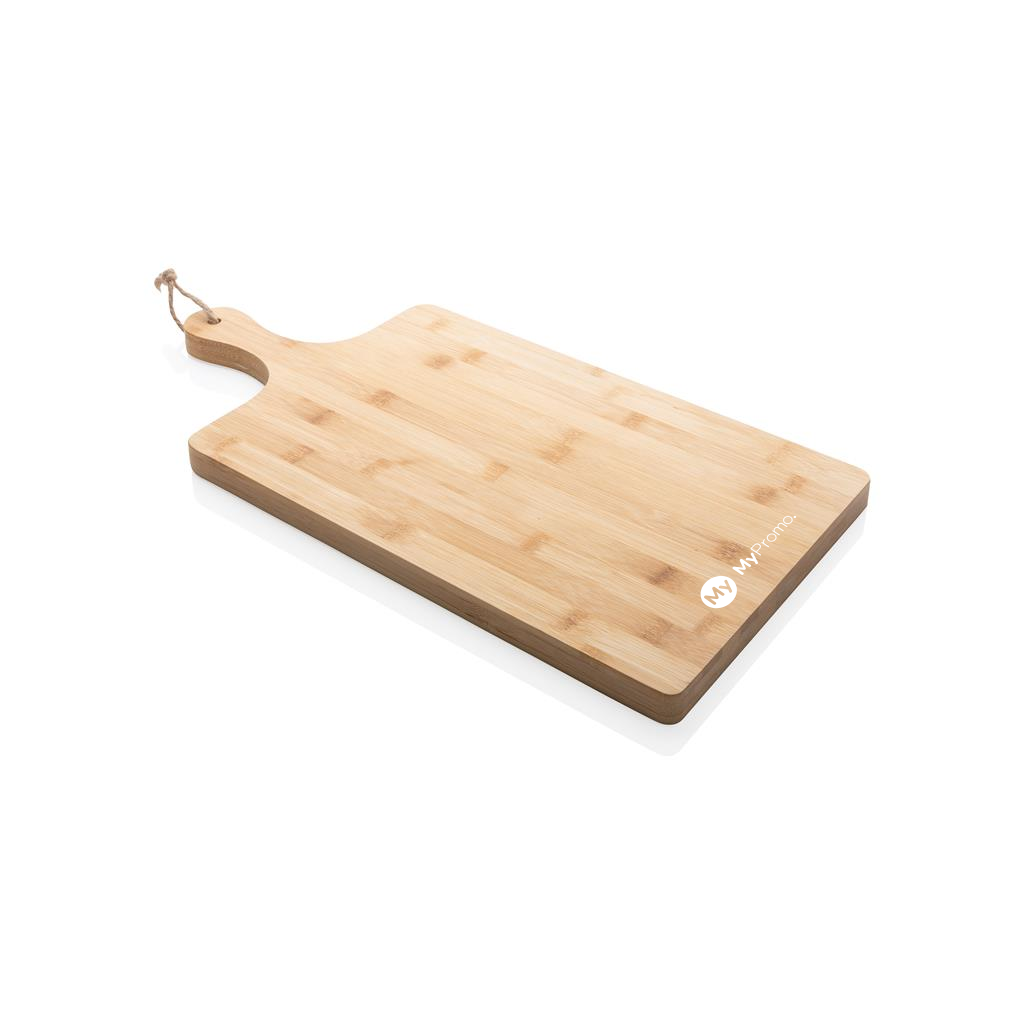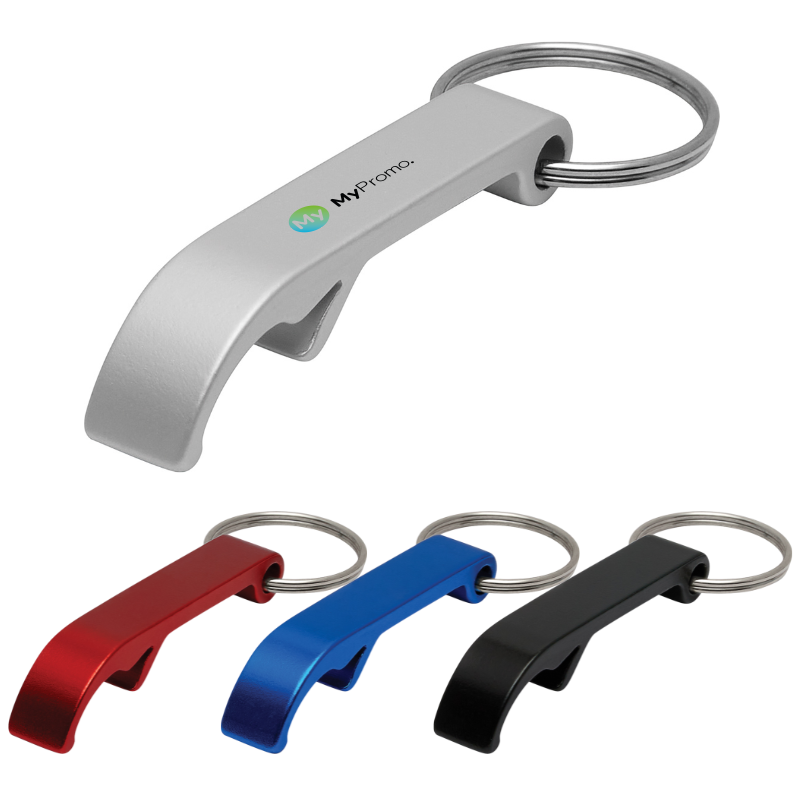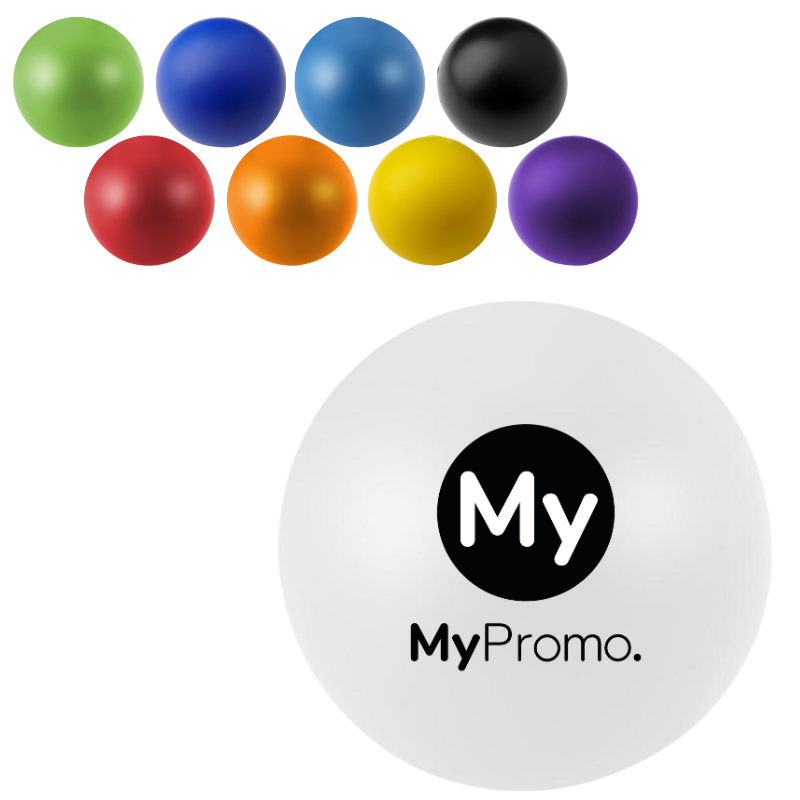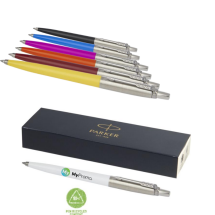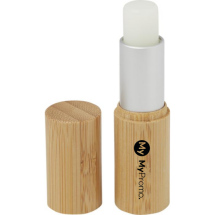Laser
What is Laser Engraving?
Laser engraving is a precise and versatile printing technique that uses concentrated laser beams to create designs, text, or patterns on various materials. This technique has gained significant importance in the world of printing and promotional gifts due to its ability to produce highly detailed and permanent markings. It's not just about precision; it's also about durability, offering a solution that stands the test of time.
Laser engraving's roots trace back to the 1960s when early laser technology was developed. Initially, it was used in industrial settings for cutting and etching, but over time, it found its way into the printing and promotional gifts industry. Today, it's a popular choice for customising everything from corporate awards to personalised keyrings.
The Process of Laser Engraving
In laser engraving, the process begins with a digital design that serves as the blueprint for the engraving. The design is uploaded to a computer-controlled laser engraving machine. This machine emits a focused laser beam that follows the digital design, etching or vaporising the material's surface to create the desired pattern.
The laser's intensity and speed can be adjusted depending on the material being engraved, allowing for versatility across different surfaces, such as wood, metal, glass, and acrylic. This adaptability makes laser engraving a favourite for creating personalised promotional products.
Tools and Materials for Laser Engraving
To perform laser engraving, you need a few key tools and materials. The most critical component is the laser engraving machine, which comes in various power levels and configurations. You'll also need a computer to create and upload digital designs, along with software that communicates with the laser machine.
Materials used in laser engraving vary widely, including wood, metal, glass, acrylic, leather, and plastic. Each material responds differently to laser engraving, offering unique effects and textures. For example, engraving on wood creates a warm, rustic look, while metal engravings appear sleek and polished.
Applications of Laser Engraving in Promotional Products
Laser engraving is commonly used to create personalised promotional products. Companies often use this technique to brand corporate gifts like personalised pens, personalised keyrings, and personalised notebooks. It's also popular for creating custom awards and plaques for employee recognition. Personalisation through laser engraving adds a unique touch, making each item distinct and memorable.
Advantages of Laser Engraving
One of the main advantages of laser engraving is its precision. It allows for intricate designs and fine details that other printing techniques might struggle to achieve. Additionally, laser engravings are permanent, ensuring that the design won't fade or wear over time.
Laser engraving is also versatile, working on a wide range of materials without compromising quality. This adaptability makes it an ideal choice for various applications, from promotional gifts to industrial markings. Furthermore, the process is relatively quick, enabling efficient production without sacrificing quality.
Comparing Laser Engraving with Other Printing Techniques
Laser engraving stands out from other printing techniques due to its precision and permanence. Unlike screen printing or pad printing, which use ink to create designs, laser engraving uses heat to alter the material's surface. This means there's no risk of smudging or fading over time.
However, laser engraving has some limitations. It may not be suitable for very large-scale projects due to the time and resources required. Additionally, certain materials, like some plastics, can emit harmful fumes when laser-engraved, necessitating proper ventilation and safety precautions.
Overall, laser engraving offers a unique combination of precision, durability, and versatility, making it a go-to choice for printing and promotional gifts. Despite its challenges, the benefits far outweigh the drawbacks, ensuring its continued popularity in the industry.

